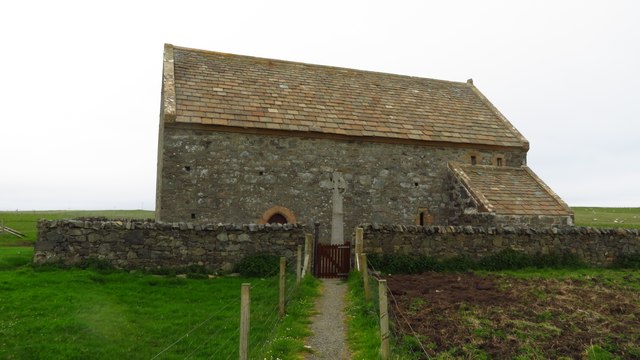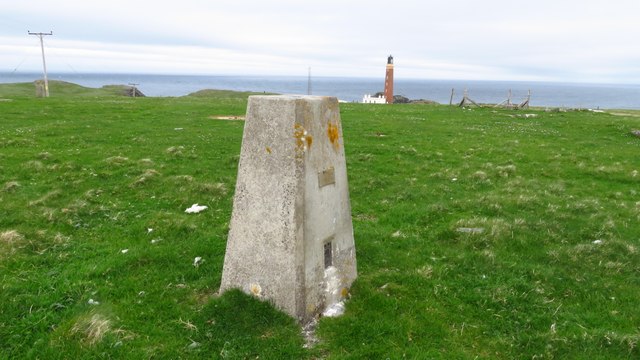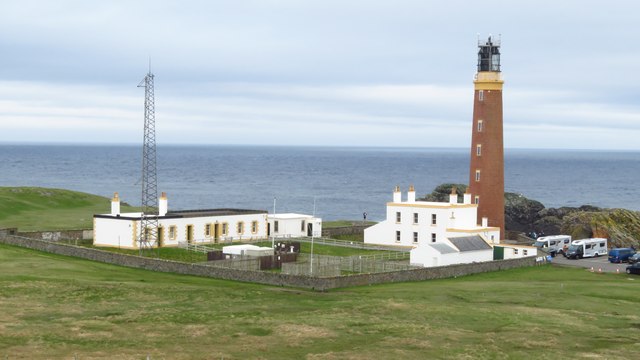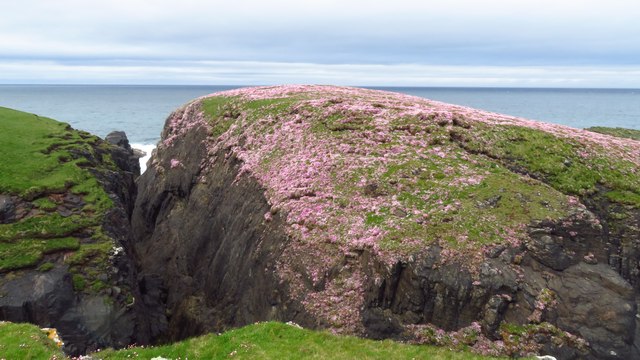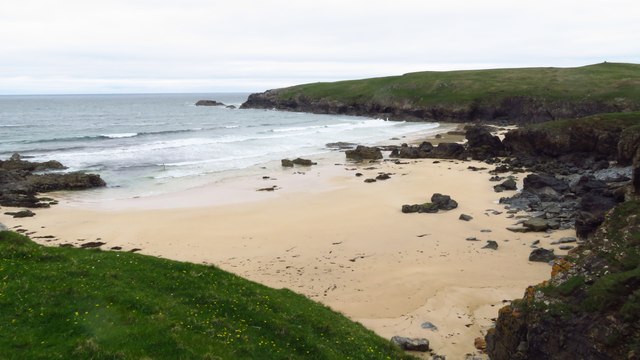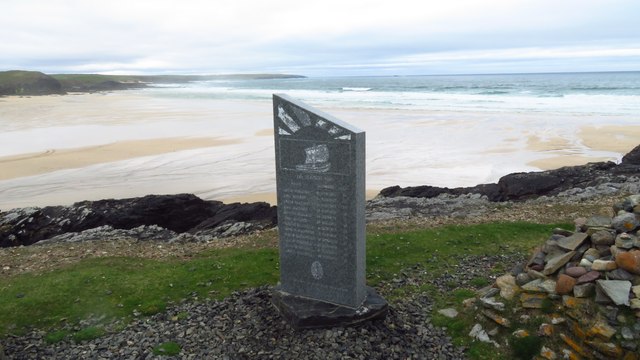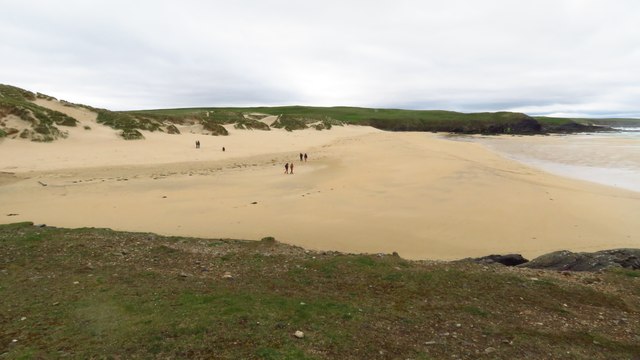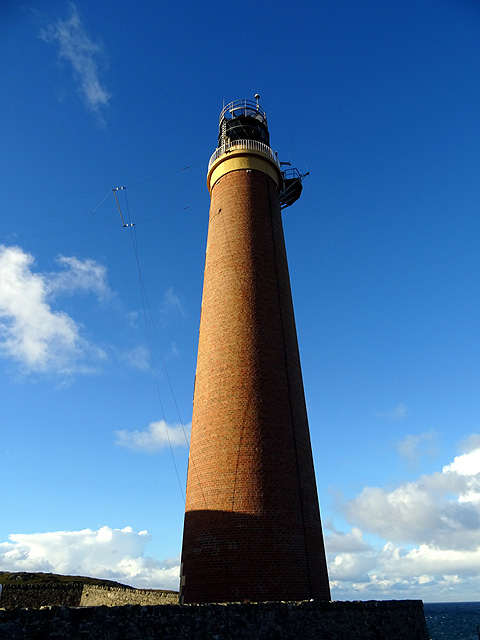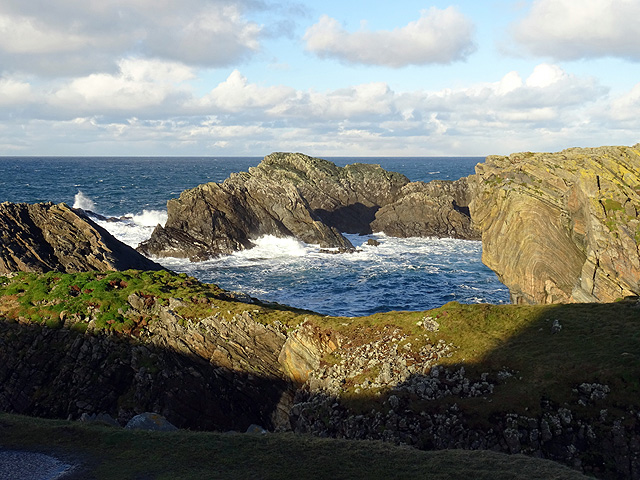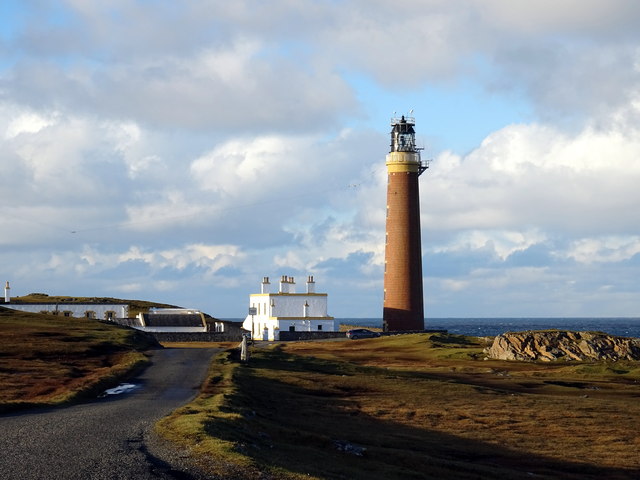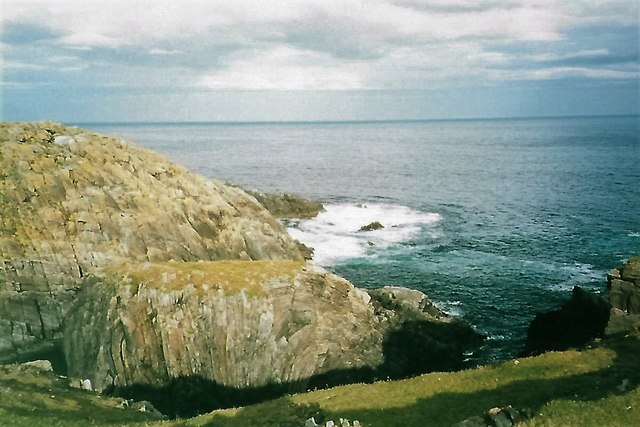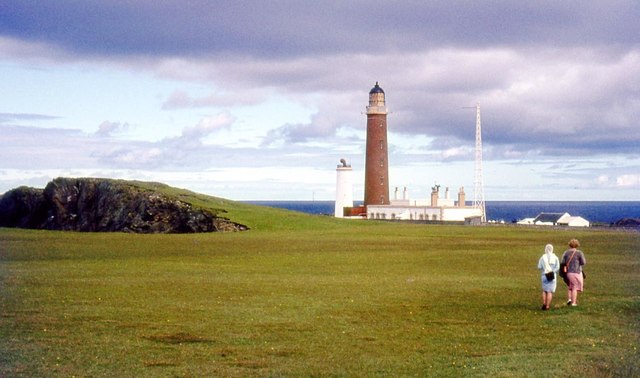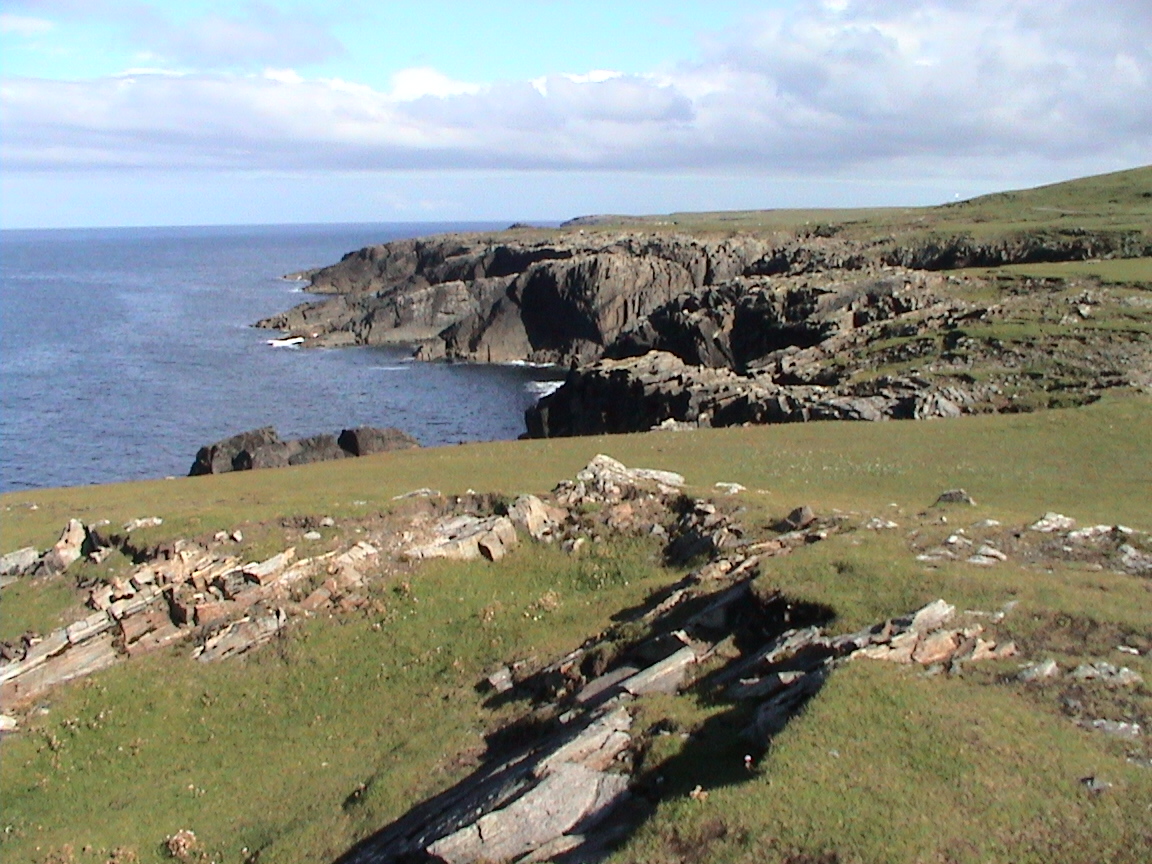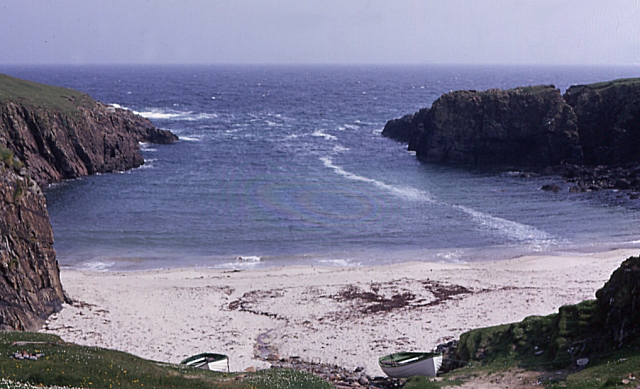Geodha nan Each
Coastal Feature, Headland, Point in Ross-shire
Scotland
Geodha nan Each
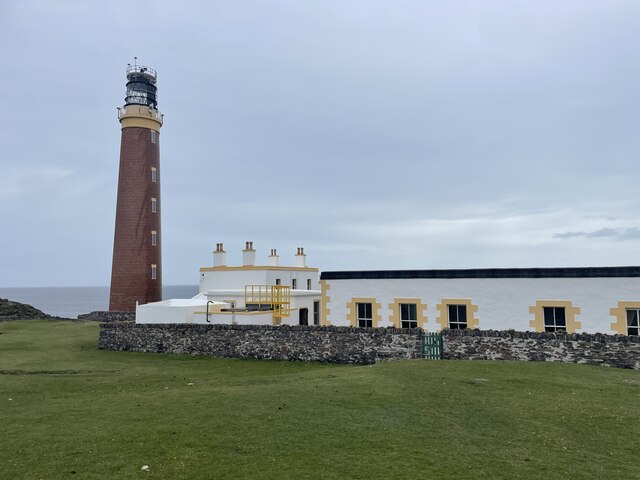
Geodha nan Each, located in Ross-shire, Scotland, is a remarkable coastal feature that stands out as a prominent headland or point. This geological formation captures the attention of visitors with its stunning natural beauty and unique characteristics.
Situated on the rugged coastline, Geodha nan Each showcases steep cliffs that drop dramatically into the North Sea. These cliffs, composed mainly of sedimentary rocks such as sandstone and shale, provide an awe-inspiring backdrop to the area. The constant battering of the waves against the cliffs has resulted in the formation of numerous sea caves, adding to the geological intrigue of the site.
The headland is a haven for wildlife enthusiasts and nature lovers. The rugged terrain supports diverse flora and fauna, including various species of seabirds, such as puffins, guillemots, and kittiwakes, which nest on the cliffs during the breeding season. The surrounding waters are also known to host seals, dolphins, and occasional sightings of whales, captivating those fortunate enough to witness them.
In addition to its natural beauty, Geodha nan Each boasts a rich cultural history. The headland is home to several archaeological sites, with evidence of human occupation dating back thousands of years. These sites include ancient settlements, burial mounds, and remnants of Pictish forts, providing a glimpse into the past and the lives of those who once called this area home.
Overall, Geodha nan Each stands as a captivating coastal feature, offering a combination of stunning natural landscapes, abundant wildlife, and a rich historical heritage. It is a destination that truly encapsulates the beauty and diversity of the Scottish coastline.
If you have any feedback on the listing, please let us know in the comments section below.
Geodha nan Each Images
Images are sourced within 2km of 58.510729/-6.2774811 or Grid Reference NB5066. Thanks to Geograph Open Source API. All images are credited.

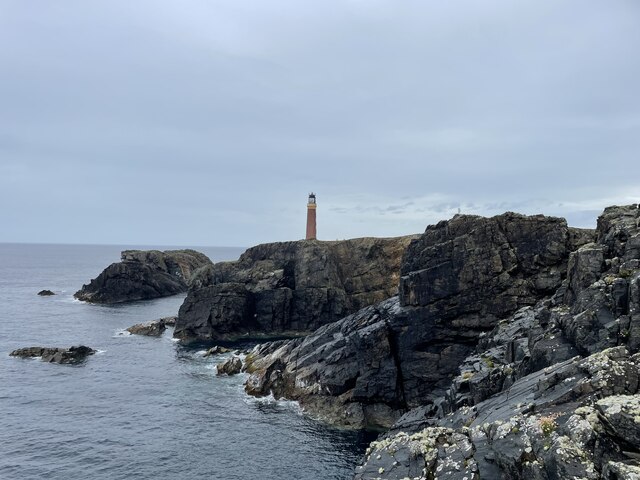
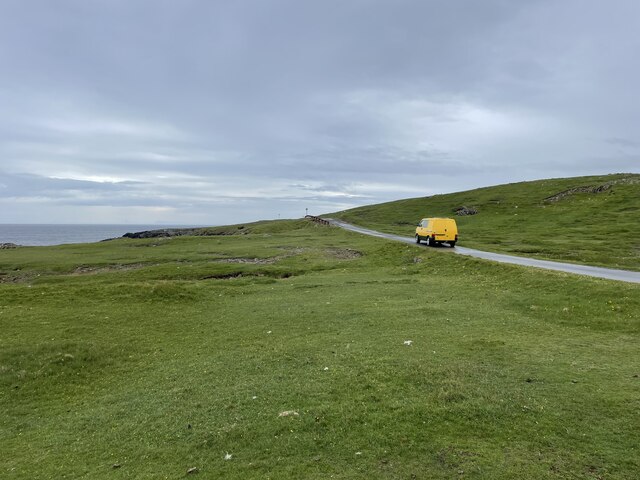
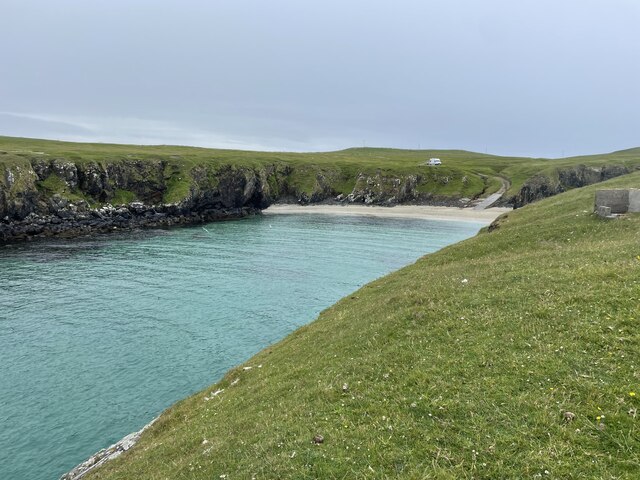
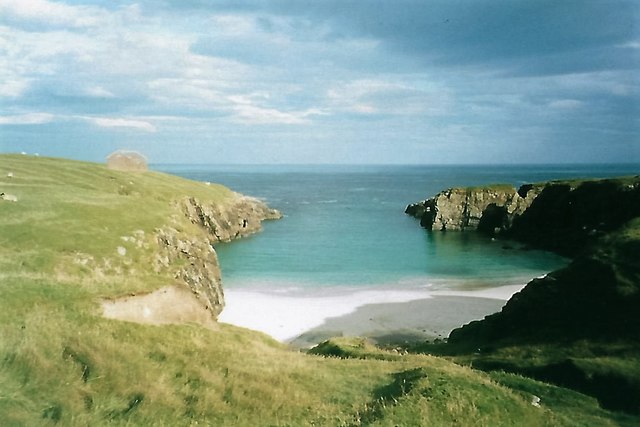
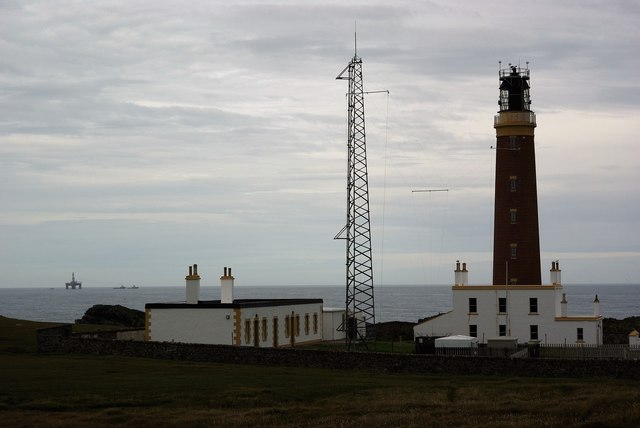
Geodha nan Each is located at Grid Ref: NB5066 (Lat: 58.510729, Lng: -6.2774811)
Unitary Authority: Na h-Eileanan an Iar
Police Authority: Highlands and Islands
What 3 Words
///neat.impresses.pursue. Near North Tolsta, Na h-Eileanan Siar
Nearby Locations
Related Wikis
Eoropie
Eoropie (Scottish Gaelic: Eòrapaidh) is the most northerly village on the Isle of Lewis in the parish of Ness, in the Outer Hebrides, Scotland. Eoropie...
Butt of Lewis
The Butt of Lewis (Scottish Gaelic: Rubha Robhanais) is the most northerly point of Lewis in the Outer Hebrides. The headland, which lies in the North...
Teampall Mholuaidh
St Moluag's church (Scottish Gaelic: Teampall Mholuaidh) is a church in the village of Eoropie in Ness in the Isle of Lewis in Scotland. It is one of the...
Port Stoth
Port Stoth, known locally as Stoth and pronounced Stow, is a sheltered inlet just southeast of the Butt of Lewis in the Outer Hebrides, Scotland. It is...
Nearby Amenities
Located within 500m of 58.510729,-6.2774811Have you been to Geodha nan Each?
Leave your review of Geodha nan Each below (or comments, questions and feedback).
